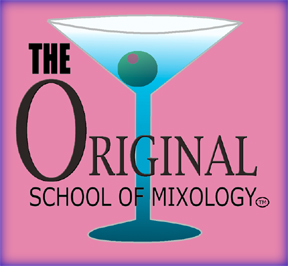
SCIENCE
ALCOHOL / WHISKEY
Whiskey is a spirit aged in wood obtained from distillation of a fermented mash or grain. In can be produced from any grain, but corn, wheat, rye and barley are the principal ones used. American whiskey, straight whiskey, mostly bourbon also rye and Tennessee whiskey. Whiskey is produced in a number of countries around the world. But there are only four major producing countries Scotland, Canada, Ireland and the USA. The whiskeys produced in these areas take on the name of their country of origin-except for Bourbon, American blends and light There are four major steps in producing wh skey. In order, the steps are mashing, fermentation, distilling and aging. Since alcohol is derived from sugar the natural starch content of the grain must first be converted to sugar. To accomplish this the grain is ground and cooked and then mixed with barley malt Barley malt is merely barley that has been allowed to sprout, it is then dried, ground into a meal and mixed with the cooked mash of corn and rye. At this point the enzymes of the malt take over and convert the grain starches to maltose and grain sugars. Fermentation takes place in a huge tank known as a fermenter. The fermenter is filled with converted mash and yeast is added. Yeast, which, of course is a Living organism, feeds on the grain sugars and produces an alcoholic whiskey known to the trade as distilled beer. The fermentation process takes from two to four days, depending upon the method employed.
Distilling is accomplished by pumping the preheated liquid mash to the top of the still and permit it to splash down through the bame plates. At the same time, steam that enters at the bottom of the still is rising through the bame plates. In a constant contact with the mash the steam distills and redistills the liquids as it rises, and finally passes on through the top of the still where it is cooled and condensed as new whiskey. The spent liquids, at the same time, drop to the bottom of the still and are drawn off.
Blended whiskey is made in the United States, Canada, and Scotland under government supervision in accordance with regulations covering the manufacture of whiskey and spirits of each country. In the United States the goverment regulations specify5, that blends must contain at least 20 percent of straight whiskey on a proof gallon basis and separately or in combination, whiskey or neutral spirits, bottled in not less than 80 proof, like all American type whiskey. The blended whiskeys that go into them are distilled and aged to take a planned part in the blend as are the grain neutral spirits. Blended whiskeys were developed to meet the demand for a lighter taste and lower proof preference of a large segment of consumers.
BOURBON
The important fact that distinguishes one type of whiskey from another is the grain used. In the case of Bourbon it is corn. At least 51 percent of the grain used in distilling Bourbon is corn. But there is another essential of Bourbon. It must be distilled at a proof not exceeding 160 and must be aged in new charred white oak barrels for at least two years. Practically all Bourbon is aged four years or more.